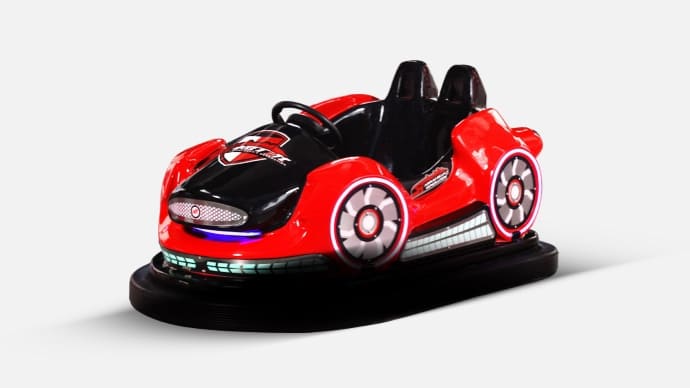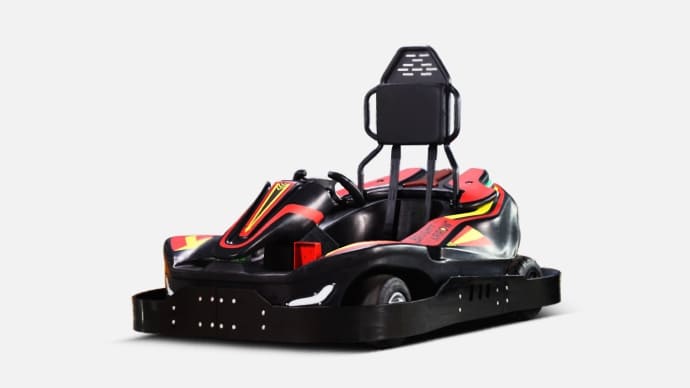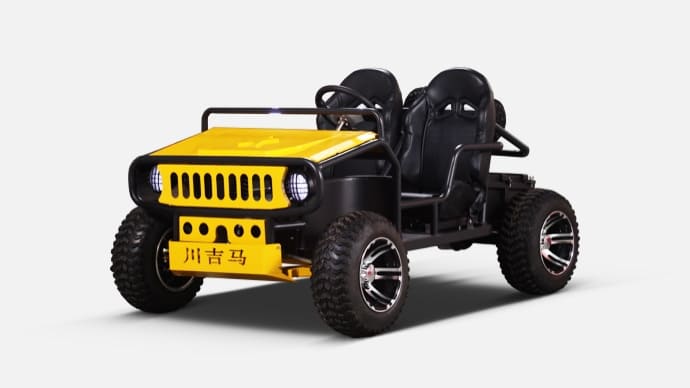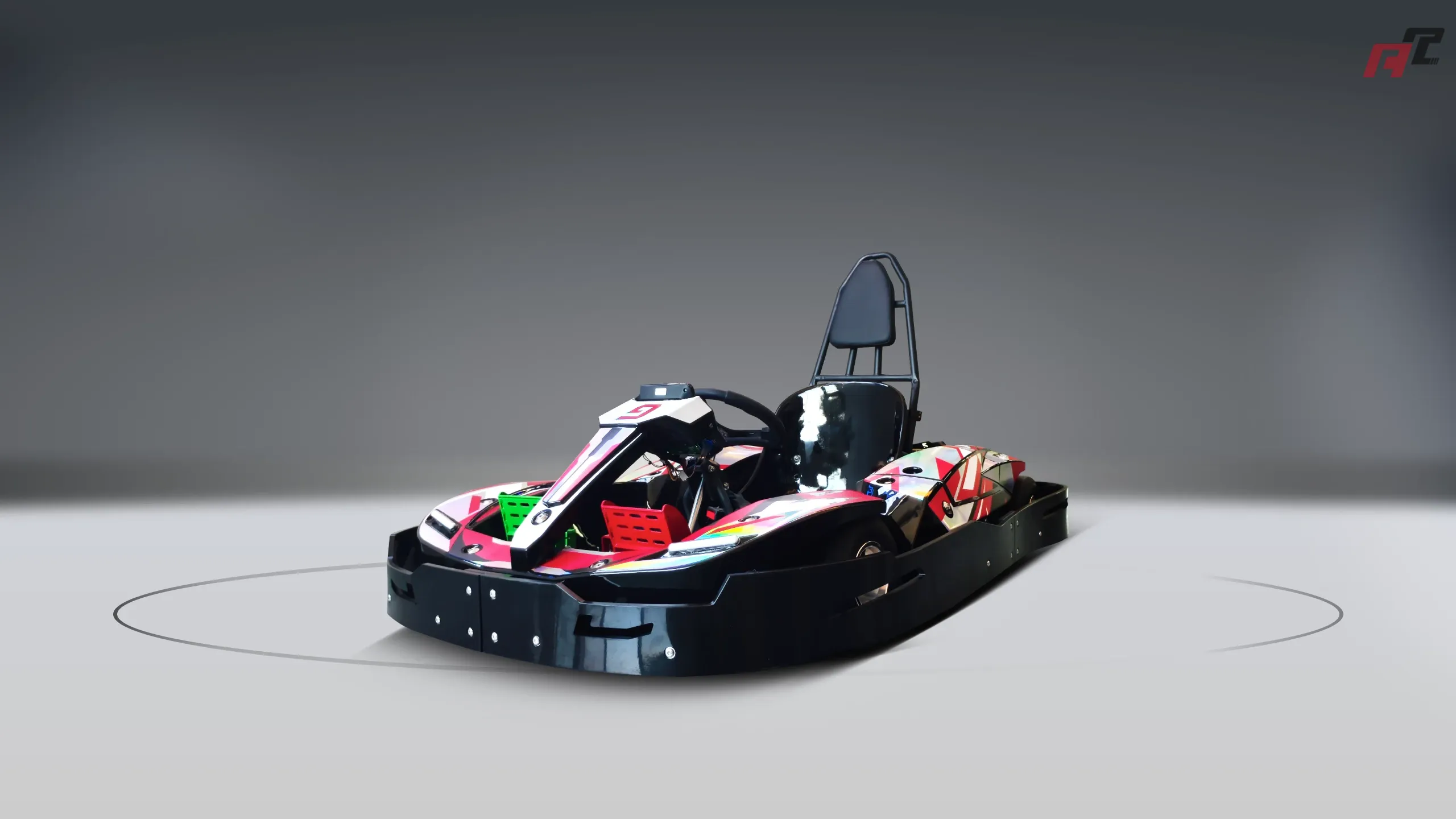How are bumper cars made? | ANCHI Guide
This article provides insights into the construction of bumper cars for go-kart industry professionals. We cover key components, including the chassis, drive systems, bumper systems, electrical systems, and crucial safety features. Understanding these aspects aids in maintenance, repair, and custom design.
How Are Bumper Cars Made? Understanding Construction for Go-Kart Professionals
Understanding the construction of bumper cars, specifically those used in amusement parks and similar settings, is crucial for professionals in the go-kart industry. This knowledge aids in maintenance, repair, and even the design of custom go-kart features. Many aspects of bumper car construction overlap with go-kart engineering.
The Chassis: Foundation of the Ride
The chassis forms the structural backbone of a bumper car. Typically constructed from robust steel tubing, it needs to withstand significant impacts. Welding is paramount for a strong and safe structure. The design often incorporates reinforcement points to absorb collisions effectively. Consideration is given to weight distribution for optimal handling and stability. High-quality materials and robust welding techniques are essential for longevity.
The Drive System: Powering the Fun
Most modern bumper cars utilize electric motors, offering advantages in terms of maintenance and safety. These motors are often DC brushed or brushless types, directly connected to the wheels through a gearbox. The gearbox's ratio is crucial for balancing speed and torque. Reliable drive systems are essential for smooth and dependable operation.
The Bumper System: Protecting the Ride
This is where bumper cars truly differentiate themselves. The bumpers are designed to absorb impacts and protect both the car and its occupants. They are usually made from a durable, impact-resistant material, often a combination of steel and rubber or plastic. Effective bumper design minimizes damage during collisions. Regular inspection and maintenance are vital for safety and continued functionality.
The Electrical System: Safety and Control
A well-designed electrical system is critical for safety. It includes wiring harnesses, controllers, and safety switches. Proper grounding and insulation are essential. The system manages the power to the motor and any additional features like lights. Regular electrical checks and maintenance are paramount to avoid malfunctions.
Safety Features: Ensuring a Safe Ride
In addition to the robust construction, safety features are integrated to minimize the risk of injury. These may include reinforced seating, emergency stop switches, and protective casings around electrical components. Regular inspections and adherence to safety standards are mandatory for professional operators.














